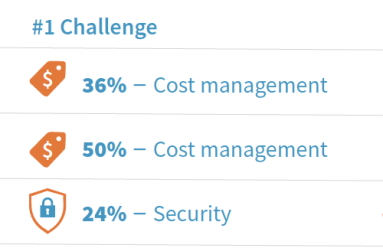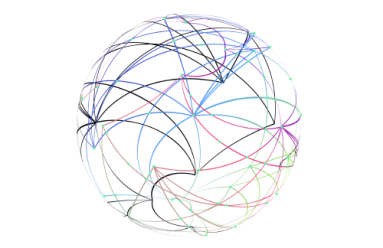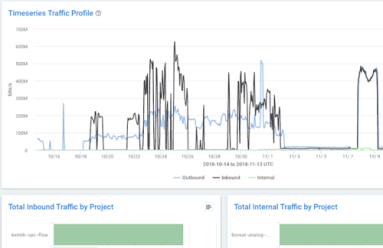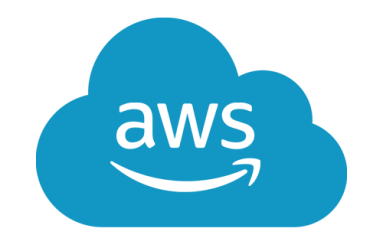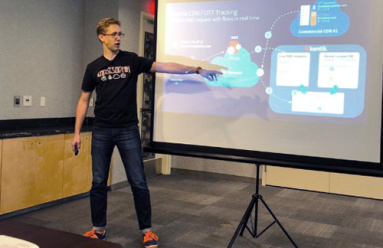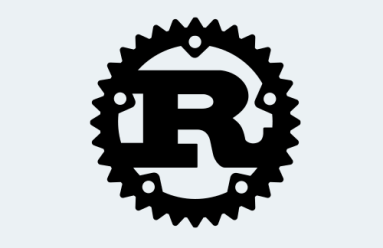Kentik Blog
























Today we released a new report: “AWS Cloud Adoption, Visibility & Management.” The report compiles an analysis based on a survey of 310 executive and technical-level attendees at the recent AWS user conference. Simply put, we found: It’s a multi-cloud, cost-containment world.
In a new report, 2019 Trends in Cloud Transformation, 451 Research analysts dig into seven trends happening amidst the move to the cloud, as well as recommendations, and clear winners and losers for each of the trends. In this post, we provide an overview and a licensed copy of the report for you.
There are five network-related cloud deployment mistakes that you might not be aware of, but that can negate the cloud benefits you’re hoping to achieve. In this post, we provide an overview of each mistake and a guide for avoiding them all.
Music streaming service Pandora recently announced its migration to Google Cloud Platform (GCP). For the NetOps and SecOps teams behind the migration, we know cloud visibility is now more important than ever. That’s why we caught up with Pandora’s James Kelty to tell us how the company plans to maintain visibility across its infrastructure, including GCP, with help from Kentik.
If you work in this industry, chances are you use dashboards. But how do you build an effective dashboard that goes beyond pretty graphs and actually provides insight? In this post, we offer key principles for dashboard creation and share how we build them at Kentik, with examples of our dashboards for cloud monitoring.
At recent AWS re:Invent, we heard many attendees talking about the push for cloud-native to foster innovation and speed up development. In this post, we take a deeper dive on what it means to be cloud-native, as well as the challenges and how to overcome them.
Our network analytics platform supports visibility within public cloud environments via VPC Flow Logs. Our initial integration used VPC Flow Logs from Google Cloud Platform. Today, we are excited to extend our support to AWS. Read how we do it in this blog post.
During Networking Field Day 19, Kentik presented on new capabilities for service providers, cloud and cloud-native environments, and gave a technical talk on tagging and data enrichment. In this post, we recap the event highlights and provide the videos for watching and sharing.
Cloud providers take away the huge overhead of building, maintaining, and upgrading physical infrastructure. However, many system operators, including NetOps, SREs, and SecOps teams, are facing a huge visibility challenge. Here we talk about how VPC flow logs can help.
We post a lot on our blog about our advanced network analytics platform, use cases, and the ROI we deliver to service providers and enterprises globally. However, today’s post is for our fellow programmers, as we go under Kentik’s hood to discuss Rust.
